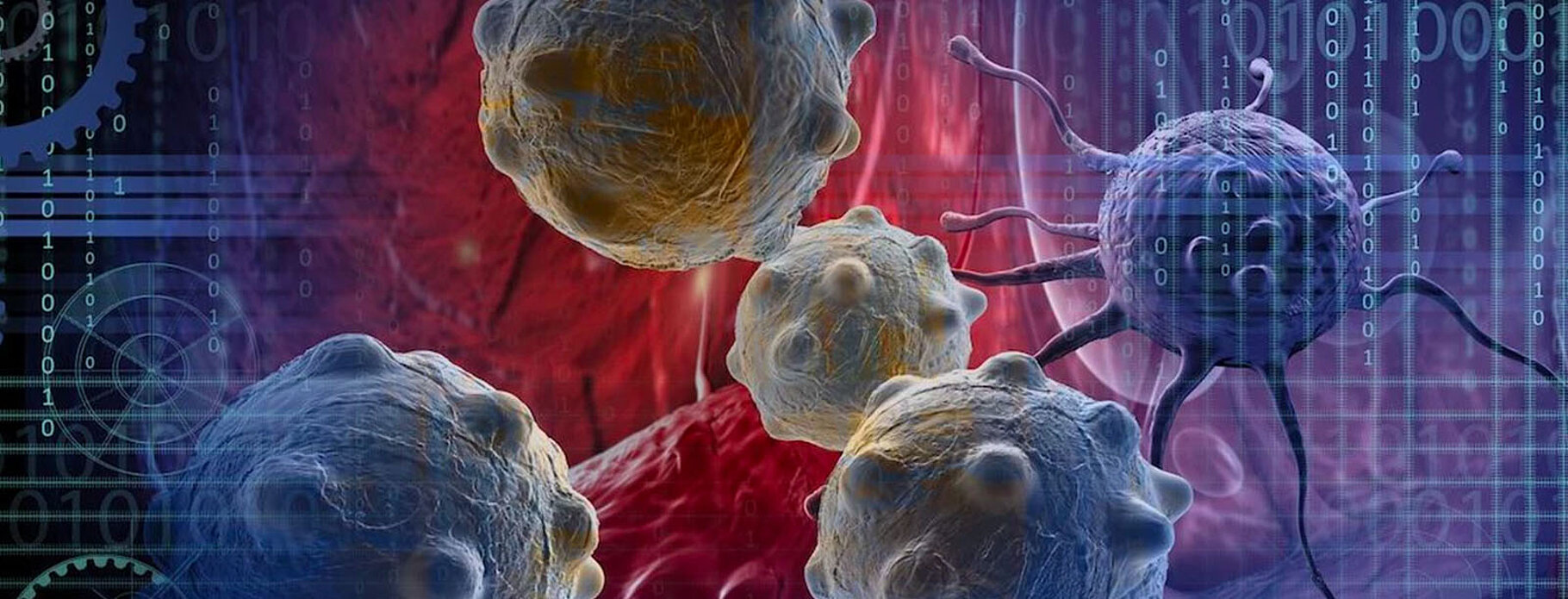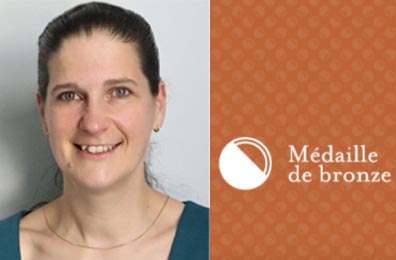
Nuclear Receptor Coregulators in Spermatogenesis
Nuclear Receptor Coregulators in Spermatogenesis
SUBGROUP LEADER
Nuclear receptors (NR) are ligand-dependent transcription factors that activate or repress transcription of genes critical to biological processes such as development, reproduction, and homeostasis. Apart from the normal physiology, NR have been identified to play a role in many pathological processes, such as cancer, diabetes, asthma or arthritis. Therefore, NR is one of the primary classes of therapeutic drug targets for human disease and the discovery of drugs such as cortisone, tamoxifen, cyproterone is the results of biomedical research. Essential factors that are instrumental to regulation of gene transcription by NR are the coregulators. In the absence of ligand, NR actively repress transcription via interactions with the corepressors (NCoR). Upon binding of the ligand to the NR, corepressors dissociate away from the DNA-bound receptor that now recruit coactivators (NCoA). These interacting coregulators are of great importance because coregulators have the potential to give a better insight into functioning of NR signaling pathways. Understanding the fine-tuning between activation and repression of NR activity through interaction with coregulators is a prerequisite for future applications in managing infertility, metabolic disease and cancer.
Our experimental model, the seminiferous epithelium, composed of somatic cells (Sertoli cells) and of germ cells, represents an excellent paradigm to investigate the NR signaling pathways, because (i) more than 20 distinct NR are expressed in this model system, the function and/or the molecular mechanism of action of which remain to be investigated for a lot of them, and (ii) this model integrates the problematics of stem cell renewal, cell proliferation, switching from mitotic to meiotic cell division, programmed cell death and paracrine signaling, all of which are potential targets for pathological deregulations.
Through focusing on Sertoli cells, this project proposes to characterize yet unidentified signaling pathways acting to control these pathophysiological processes, collectively named spermatogenesis. A combination of genetic, molecular and pharmacological approaches both in vivo (mutant mice) and in vitro (Sertoli cells in culture) is used to uncover the biological functions and the molecular mechanisms of NCoA and NCoR in Sertoli cells.
Team Pathophysiology of vitamin A signaling pathways
Team leaders Norbert GHYSELINCK et Manuel MARK
Members
Researchers
Technicians
Publications
2023
Article in a journal
DOT1L regulates chromatin reorganization and gene expression during sperm differentiation
- Mélina Blanco
- Laila El Khattabi
- Clara Gobé
- Marion Crespo
- Manon Coulée
- Alberto de la Iglesia
- Côme Ialy-Radio
- Clementine Lapoujade
- Maëlle Givelet
- Marion Delessard
- Ivan Seller-Corona
- Kosuke Yamaguchi
- Nadège Vernet
- Fred van Leeuwen
- Alban Lermine
- Yuki Okada
- Romain Daveau
- Rafael Oliva
- Pierre Fouchet
- Ahmed Ziyyat
- ...
EMBO Reports ; Volume: 24
Article in a journal
Timeline of Developmental Defects Generated upon Genetic Inhibition of the Retinoic Acid Receptor Signaling Pathway
- Marius Teletin
- Manuel Mark
- Olivia Wendling
- Nadège Vernet
- Betty Féret
- Muriel Klopfenstein
- Yann Herault
- Norbert B Ghyselinck
Biomedicines ; Volume: 11
Article in a journal
Loss of NR5A1 in mouse Sertoli cells after sex determination changes cellular identity and induces cell-death by anoikis
- Sirine Souali-Crespo
- Diana Condrea
- Nadège Vernet
- Betty Feret
- Muriel Klopfenstein
- Erwan Grandgirard
- Violaine Alunni
- Marie Cerciat
- Matthieu Jung
- Chloé Mayère
- Serge Nef
- Manuel Mark
- Frédéric Chalmel
- Norbert B Ghyselinck
Development (Cambridge, England) ; Volume: 150 ; Page: dev201710
2022
Article in a journal
Retinoic Acid Receptor Alpha Is Essential in Postnatal Sertoli Cells but Not in Germ Cells
- Diana Condrea
- Sirine Souali-Crespo
- Betty Féret
- Muriel Klopfenstein
- Sylvain Faisan
- Manuel Mark
- Norbert B Ghyselinck
- Nadège Vernet
Cells ; Volume: 11 ; Page: 891
2020
Article in a journal
Meiosis occurs normally in the fetal ovary of mice lacking all retinoic acid receptors
- Nadège Vernet
- Diana Condrea
- Chloé Mayere
- Betty Féret
- Muriel Klopfenstein
- William Magnant
- Violaine Alunni
- Marius Telentin
- Sirine Souali-Crespo
- Serge Nef
- Manuel Mark
- Norbert B Ghyselinck
Science Advances ; Volume: 6 ; Page: eaaz1139
2019
Pre-publication, Working Document
MEIOSIS INITIATES IN THE FETAL OVARY OF MICE LACKING ALL RETINOIC ACID RECEPTOR ISOTYPES
- Nadège Vernet
- Manuel Mark
- Diana Condrea
- Betty Féret
- Muriel Klopfenstein
- Violaine Alunni
- Marius Teletin
- Norbert B Ghyselinck
Article in a journal
Two functionally redundant sources of retinoic acid secure spermatogonia differentiation in the seminiferous epithelium
- Marius Teletin
- Nadège Vernet
- Jianshi Yu
- Norbert B Ghyselinck
- Muriel Klopfenstein
- Jace W Jones
- Betty Féret
- Maureen A. Kane
- Manuel Mark
Development (Cambridge, England) ; Volume: 146 ; Page: dev170225
2017
Article in a journal
Roles of Retinoic Acid in Germ Cell Differentiation
- Marius Teletin
- Nadège Vernet
- Norbert B Ghyselinck
- Manuel Mark
Current Topics in Developmental Biology
2015
Article in a journal
Role of retinoic acid receptor (RAR) signaling in post-natal male germ cell differentiation
- Manuel Mark
- Marius Teletin
- Nadège Vernet
- Norbert B Ghyselinck
Biochimica et Biophysica Acta - Gene Regulatory Mechanisms ; Volume: 1849 ; Page: 84-93
Article in a journal
Retinoic Acid Receptors Control Spermatogonia Cell-Fate and Induce Expression of the SALL4A Transcription Factor
- Aurore Gely-Pernot
- Mathilde Raverdeau
- Marius Teletin
- Nadege Vernet
- Betty Féret
- Muriel Klopfenstein
- Christine Dennefeld
- Irwin Davidson
- Gérard Benoit
- Manuel Mark
- Norbert B Ghyselinck
PLoS Genetics ; Volume: 11 ; Page: e1005501

